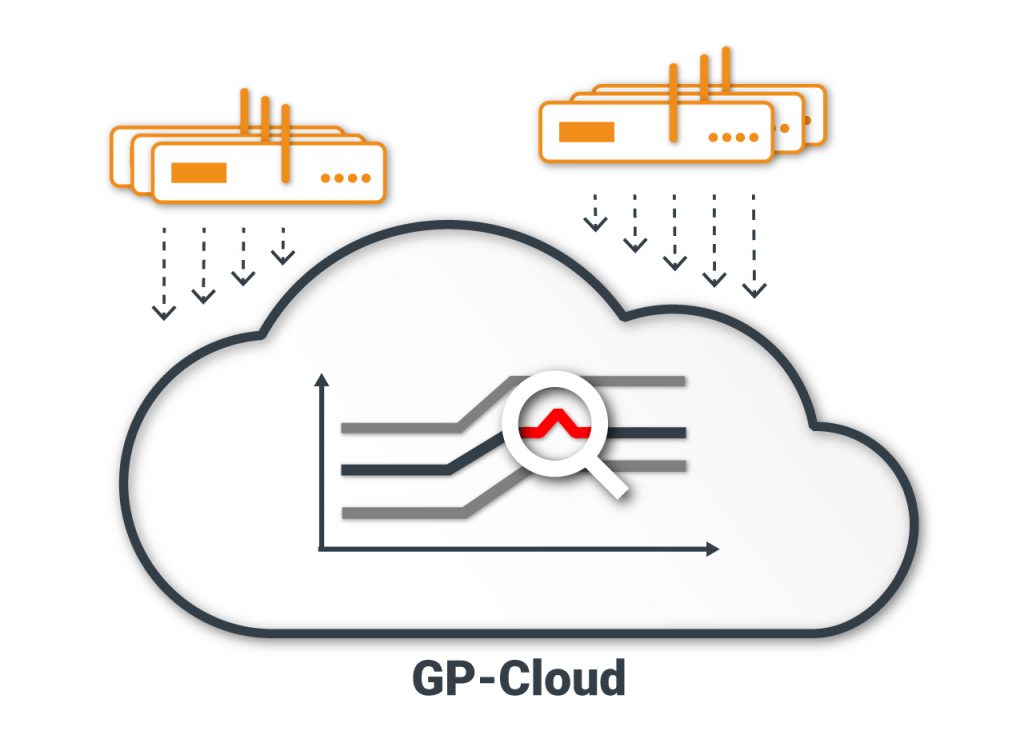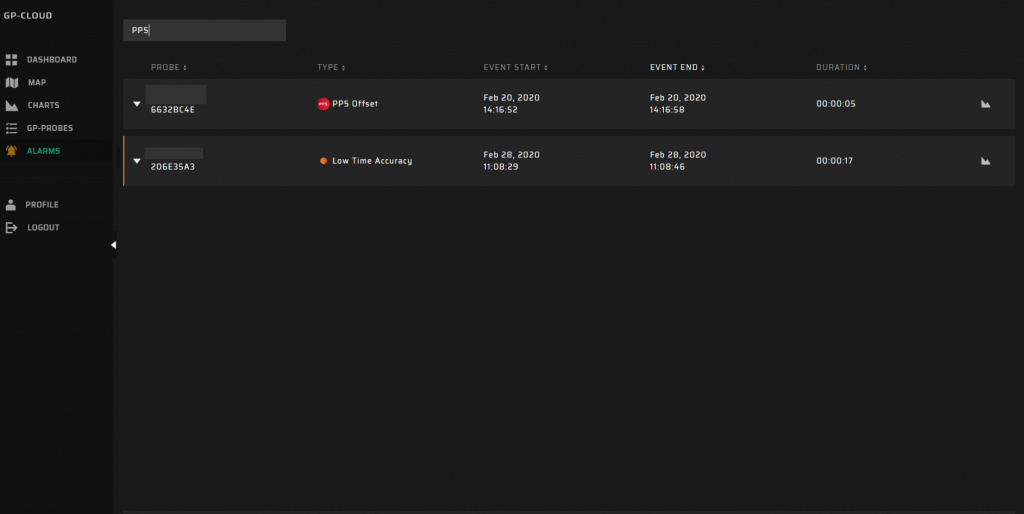Timing and synchronisation capability has become an essential and critical feature of our most vital infrastructures
“Report on Time & Synchronisation User Needs and Requirements”
European Global Navigation Satellite System Agency
The PTP time server with a GNSS module is the main source of precise clocking for different applications. GNSS guarantees high accuracy of PPS signal synchronization with a max error of 100 ns for 95% probabilities in clear sky conditions and without interferences.
Time servers are used for:
- Banks, Stock exchanges, HFT Firms
- Telecom: 4G, 5G, PSTN, PMR, Satcom
- Smart power grids
- DVB-T/T2 in Single Frequency Networks mode
- Data centers
- Distributed enterprise information systems
- Industrial automation systems
Synchronization in Cellular Networks
Last generation cellular networks require high accuracy synchronization of base stations:
| Technology | Accuracy requirements |
| LTE-TDD | ± 1.5 μs for a cell radius more than 3 km
± 5 μs for a cell radius less than 3 km |
| LTE-Advanced | ± 1.5 … ± 5 depending on the operating mode |
| 5G | ± 390 ns 60 kHz subcarriers ±130 ns inter-band CA ±10 ns for precise positioning |
Inaccurate synchronization leads to connection breaks, poor signal quality at zone boundaries, and low spectral efficiency. 5G requires super meticulous PPS phase synchronization, but this is quite a difficult task for megalopolis environments with high-rise buildings and a great level of interferences. ECC Report 296 recommends using synchronization monitoring systems for 5G networks.
DVB-T2
A high-precision PPS signal is necessary to ensure synchronous and in-phase operation of DVB-T2 digital TV broadcast transmitters. The requirements for PPS phase accuracy are based on the guard interval, which depends on the spatial plans. Poor phase synchronization of the transmitters’ signal leads to broadcasting failure.
Smart Grid
Smart Grid technologies are utilized to ensure a no-break power supply. The key elements of this system are phase measurement units (PMU) and intelligent metering devices (IMD). PMUs are distributed over a wide area and require accurate time synchronization via GNSS. When the navigation field is distorted (e.g., during military exercises), the data transmitted to the processing center will be out of sync, which may lead to the faulty operation of the automatic network balancing devices and intelligent metering devices.
GPSPATRON for Monitoring Synchronization System
Since synchronization plays a key role in the performance of critical infrastructure. It is necessary to implement systems for monitoring and logging synchronization accuracy parameters, which allows us to analyze the causes of malfunctions and perform timely actions for switching to backup synchronization sources.
There are two main techniques to monitor synchronization:
- Comparing of PPS signal from time server with GP-Probe’ PPS;
- Evaluation of GNSS time accuracy.
The GP-Probe is equipped with interference protected navigation modules and uses GNSS spoofing detection algorithms to generate a reliable PPS signal. The GP-Probe measures the offset between the internal and external PPS signals using the built-in phase measurement module. It guarantees robust monitoring of the PPS phase of the synchronization system.
The GNSS time accuracy depends on the antenna installation point and RF interferences. Time accuracy can degrade up to 500 ns for cities with high-rise buildings and poor satellite visibility, and this may be unacceptable for some systems, e.g. 5G.
GPSPATRON evaluates GNSS time accuracy in real-time. This function is useful for choosing a correct synchronization window for the time server. For example, when the GNSS time accuracy becomes low, the time server switches to HoldOver mode, and if the precision gets better, the time server synchronizes with GNSS. This mechanism provides high-precision synchronization in tough conditions.
The GPSPATRON can be integrated into your system with ease

1. Connect “PPS out” of the time server to “PPS in” of the GP-Probe. The GP-Probe measures the offset between the internal (“protected”) and external PPS signals. Data is sent to the cloud every second.
2. The GP-Cloud processes data in real-time, estimates the GNSS time accuracy, and compares parameters with set limits.


3. The GP-Cloud has a user-friendly interface, convenient for comprehensive data analysis. If threshold values are exceeded, the compulsory notifications are generated for a timely response.
Current and historical data on real-time synchronization system accuracy is available on the charts:
- PPS Offset – PPS signal accuracy at GP-Probe PPS input)
- Time Accuracy
- Time Accuracy vs GNSS
The cursors are synchronized on all charts, so you can evaluate error values and how these values relate to other parameters, e.g. the number of visible satellites or average signal-to-noise ratio.
When thresholds are exceeded, the status of GP-Probe changes to:
PPS offset
Low Time Accuracy
The user views the state of the entire infrastructure on the map. Data is updated in real time.
If set thresholds are surpassed, GP-Cloud registers an accident in the Alarms table. You can review the tabled list of accidents with detailed information about the type, start/end time, and duration. You can also click on the chart icon to open diagrams for a detailed analysis.
When an event occurs, the GP-Cloud sends notifications by mail and using RabbitMQ. This permits integrating notifications in existing management systems. All performed operations are available for analysis:
Statistics on all events, their number and duration are available on the dashboard:
Information is displayed in two blocks on the dashboard:
- current status of GP-Probes
- events statistics
The first block contains real-time information about the GP-Probes’ status. The second block is intended for a detailed statistical evaluation.





